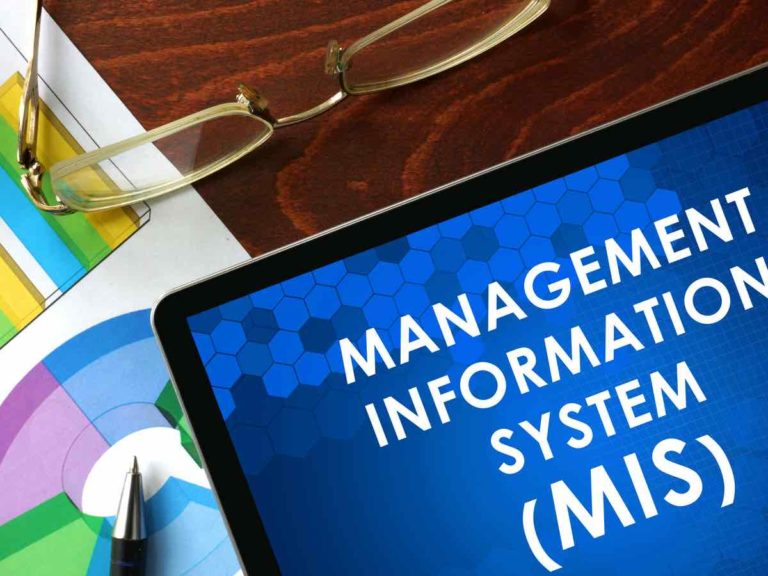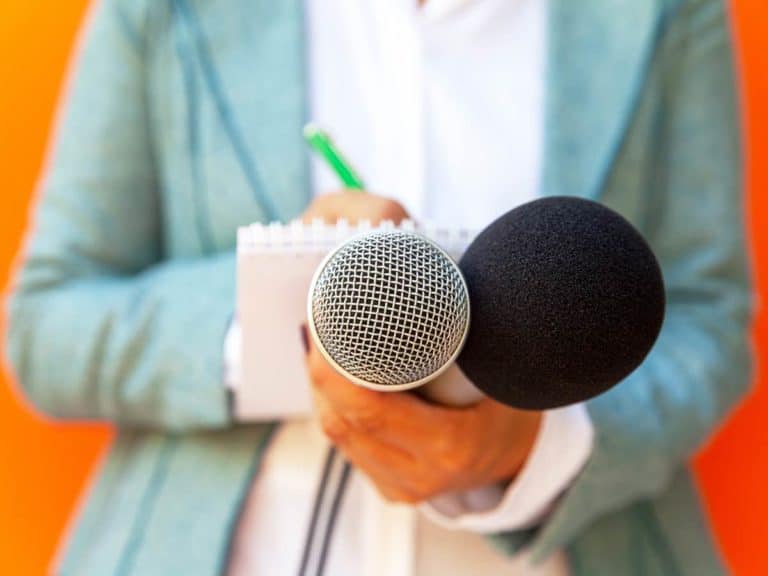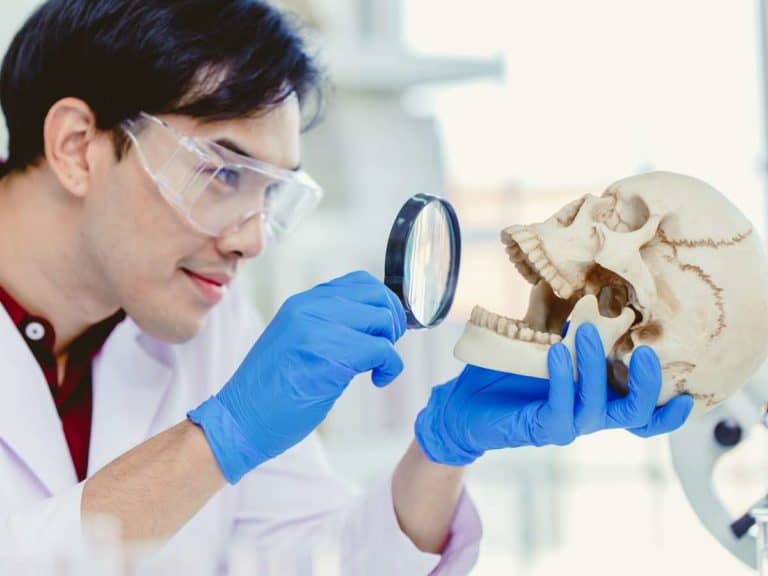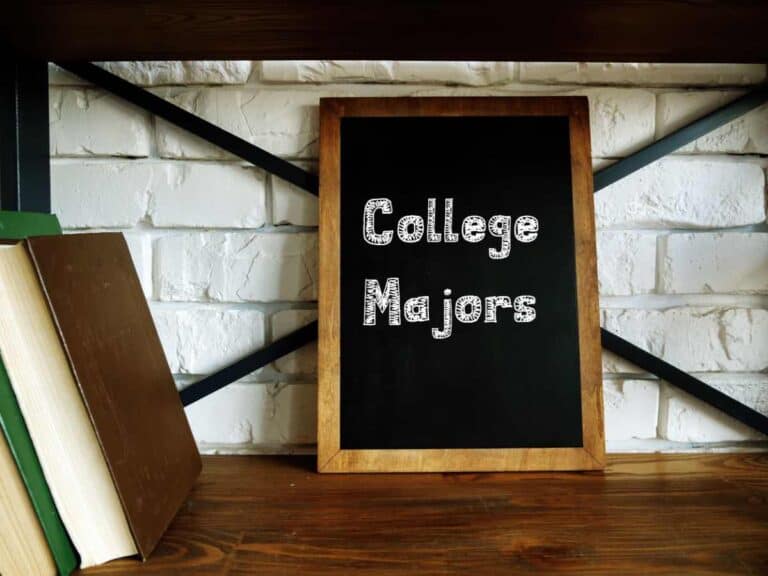Here’s How Hard It is to Get Into Pharmacy School
The Georgetown University Center on Education and the Workforce says that the lifetime earnings of licensed pharmacists amount to a whopping $4,358,000. It isn’t surprising as training to become a pharmacist as well as the duties and responsibilities of being one are hard. And now you are wondering if it’s also hard to get into pharmacy school.
According to the latest data, the acceptance rate at pharmacy schools is 82.7%. But before gaining admission into pharmacy school to earn a Doctor of Pharmacy degree (PharmD), one must first complete an undergraduate degree for two to four years and pass the Pharmacy College Admission Test (PCAT).
It’s true that getting accepted into pharmacy school these days is almost effortless as nearly everybody who applies gets accepted, thanks to the high average national acceptance rate.
Alas, the things that you will have to go through before and after applying to pharmacy school aren’t that easy.
There are many challenging courses to pass and difficult tests to take before you can reap the fruits of being a pharmacist, such as being able to work in different settings and getting impressive financial compensation.
Continue reading if you are thinking about including a pharmacy school on your college list.
Below, we will discuss just about everything you need to know before deciding to attend pharmacy school in order to turn your dream of being a pharmacist into a reality.
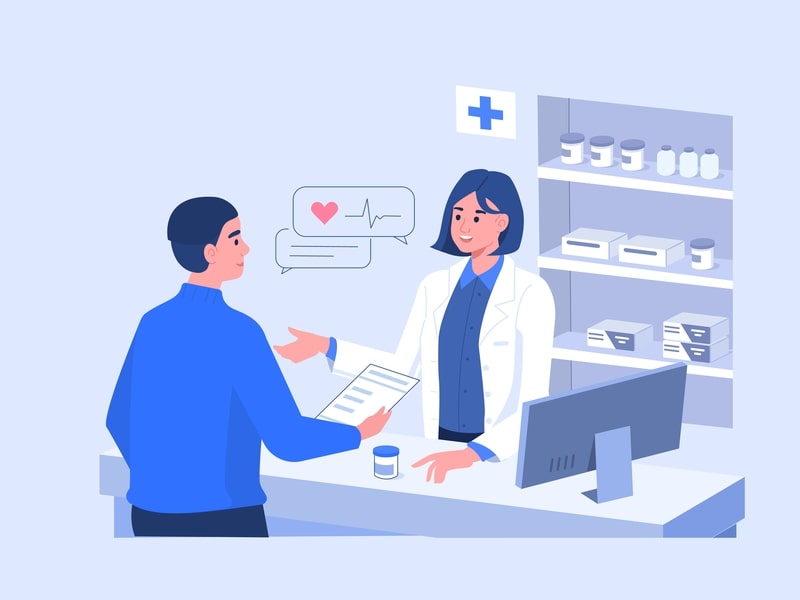
Is It Easier or Harder to Get Into Pharmacy School Now?
Now is the best time to apply to pharmacy schools for students who wish to become pharmacists. That’s because the acceptance rate at pharmacy schools has never been higher. The number of applicants accepted into pharmacy schools has increased by up to 48.6% from the academic year 2003 to 2004.
Since pharmacists are in the healthcare field, it’s easy to assume that the path to becoming one is grueling. After all, it’s the health and lives of drug-taking patients that are on the line.
Becoming a pharmacist is challenging. Becoming a student at pharmacy school, however, isn’t as challenging.
As mentioned earlier, the average acceptance rate at institutions offering a pharmacy program is 82.7%. That’s so much higher than the average acceptance rate at colleges and universities ranked by US News, which is 68%. So, in other words, it is more likely for you to receive an acceptance letter from a pharmacy school than any other school.
Refrain from assuming that gaining admission into pharmacy school has always been this easy. In the past, the majority of applicants aspiring to enroll in a PharmD program got rejected.
Here’s a table of the acceptance rates at pharmacy schools from 2003 to 2018:
| ACADEMIC YEAR | ACCEPTANCE RATE |
|---|---|
| 2003 to 2004 | 34.10% |
| 2004 to 2005 | 31.70% |
| 2005 to 2006 | 33.70% |
| 2006 to 2007 | 36.60% |
| 2007 to 2008 | 41.40% |
| 2008 to 2009 | 50.30% |
| 2009 to 2010 | 54.50% |
| 2010 to 2011 | 59.80% |
| 2011 to 2012 | 62.10% |
| 2012 to 2013 | 69.50% |
| 2013 to 2014 | 72.20% |
| 2014 to 2015 | 77.60% |
| 2015 to 2016 | 79.50% |
| 2016 to 2017 | 81.40% |
| 2017 to 2018 | 82.70% |
But just because the average acceptance rate at pharmacy schools is high doesn’t mean that you will get accepted 100% when you apply to one of them. Still, it’s a must that your academic profile matches or even surpasses the admissions criteria of the pharmacy school you wish to earn your PharmD from.
In order to be able to apply to pharmacy school, you will have to go to college first. Needless to say, you cannot go from being a high school graduate to being a pharmacy student. Being an undergraduate student first is a must in order to complete the prerequisite courses.
However, there are programs that allow you to earn your bachelor’s degree and PharmD one after the other — we will talk about this in a few, so don’t stop reading now!
Related Article: Is Optometry School Hard to Get Into?
Which Pharmacy Schools are the Easiest to Get Into?
In the US, the easiest pharmacy school to gain admission into is the South College School of Pharmacy. With an acceptance rate of 100%, anyone who applies to it to complete the accelerated PharmD program, which is accredited by the Accreditation Council for Pharmacy Education (ACPE), gets accepted.
Besides being easy to get accepted into, it’s also easy to earn your PharmD from the South College School of Pharmacy. That’s because it offers a three-year PharmD program.
At most other pharmacy schools, students usually earn their PharmD after four years.
Whether your goal is to get into pharmacy school trouble-free or graduate from it in no time, consider going to the South College School of Pharmacy. Since its accelerated PharmD program is accredited by an agency that is recognized by the Council for Higher Education Accreditation (CHEA), the PharmD you will obtain from it is legitimate.
The following are pharmacy schools in the US that are the easiest to get into, based on their acceptance rates:
| PHARMACY SCHOOL | LOCATION | ACCEPTANCE RATE |
|---|---|---|
| South College School of Pharmacy | Knoxville, Tennessee | 100% |
| University of Kentucky | Lexington, Kentucky | 96% |
| South Dakota State University | Brookings, South Dakota | 90% |
| Virginia Commonwealth University | Richmond, Virginia | 87% |
| University of Arizona | Tucson, Arizona | 85% |
| University of Iowa | Iowa City, Iowa | 83% |
| Creighton University | Omaha, Nebraska | 74% |
| University of Tennessee | Knoxville, Tennessee | 79% |
| Drake University | Des Moines, Iowa | 68% |
| University of the Pacific | Stockton, California | 66% |
| University of Utah | Salt Lake City, Utah | 62% |
| Purdue University | West Lafayette, Indiana | 60% |
| Texas Southern University | Houston, Texas | 57% |
| University of Minnesota – Twin Cities | Minneapolis and St. Paul, Minnesota | 57% |
| Ohio State University | Columbus, Ohio | 54% |
| University of Wisconsin – Madison | Madison, Wisconsin | 54% |
| University of Washington – Seattle | Seattle, Washington | 52% |
When building a college list, many students check out the acceptance rate of a school before including it. This allows them to have a better idea of whether or not it’s likely for them to get accepted into it.
Keep in mind that earning a PharmD is not enough. After graduation, you will still have to take the North American Pharmacist Licensure Exam (NAPLEX) and the Multistate Pharmacy Jurisprudence Exam (MPJE). This is for you to earn a license and be able to work legally as a pharmacist in the US.
It’s due to this why choosing a pharmacy school based on its acceptance rate is not enough.
Shortlisting pharmacy schools with a strong PharmD program is also a must. To pass the NAPLEX and MPJE, having solid intellectual preparation is a definite necessity. This is why before shortlisting any pharmacy school, it’s a good idea to check out its NAPLEX and MPJE passing rates.
Here are some of the best pharmacy schools in the country these days:
| PHARMACY SCHOOL | LOCATION | ACCEPTANCE RATE |
|---|---|---|
| University of California – San Diego | La Jolla, California | 32% |
| University of Wisconsin – Madison | Madison, Wisconsin | 54% |
| University of Washington | Seattle, Washington | 52% |
| South Dakota State University | Brookings, South Dakota | 90% |
| University of Houston | Houston, Texas | 65% |
| Virginia Commonwealth University | Richmond, Virginia | 87% |
| University of Southern California | Los Angeles, California | 11% |
| University of Kentucky | Lexington, Kentucky | 96% |
| Butler University | Indianapolis, Indiana | 73% |
| University of North Carolina at Chapel Hill | Chapel Hill, North Carolina | 23% |
| Ohio State University | Columbus, Ohio | 54% |
| University of Tennessee | Knoxville, Tennessee | 79% |
| University of the Pacific | Stockton, California | 66% |
| University of California – San Francisco | San Francisco, California | 16% |
| University of Texas at Austin | Austin, Texas | 32% |
| University of Minnesota – Twin Cities | Minneapolis and St. Paul, Minnesota | 57% |
| Drake University | Des Moines, Iowa | 68% |
| Ohio Northern University | Ada, Ohio | 70% |
| University of Iowa | Iowa City, Iowa | 83% |
| Creighton University | Omaha, Nebraska | 74% |
One should never judge a book by its cover — some of the best pharmacy schools in the US have high acceptance rates, too, which means that being less selective doesn’t necessarily mean that the school is bad.
What Do You Need to Do Before Going to Pharmacy School?
Students who wish to attend pharmacy school should first complete an undergraduate program for two to four years. Most students who go to pharmacy schools have bachelor’s degrees. Right before applying to pharmacy school, one must take as well as pass the Pharmacy College Admission Test (PCAT).
Unlike some other college degrees, you cannot apply for a PharmD program without first completing prerequisite courses. This can be done by attending a college or university offering them for two to four years.
So, in other words, you can earn an associate degree or bachelor’s degree before attending pharmacy school.
However, it’s not enough that you complete the prerequisite courses. It’s also a must that you get a good grade for each one of them. This is to make your GPA high enough for the pharmacy school that you wish to attend. As a general rule, the more competitive the pharmacy school, the higher the minimum GPA requirement.
Different pharmacy schools have varying prerequisite courses, depending on the PharmD program they are offering. But the courses you will have to successfully complete and pass before applying to pharmacy school include:
- Biochemistry
- Biology
- Calculus
- Economics
- English
- General Chemistry
- Human Anatomy
- Microbiology
- Organic Chemistry
- Physics
- Physiology
- Psychology
- Statistics
It can take anywhere from two to four years to complete the prerequisite courses because some of them will have to be taken for more than just one semester.
What’s more, others have laboratory sessions. For instance, General Chemistry comes with a laboratory class. It usually lasts for two semesters, too.
Think again if you believe that it’s enough that you have completed the prerequisite courses.
Before you apply to most pharmacy schools and get accepted, too, you must first take and pass the PCAT. Short for the Pharmacy College Admissions Test, the objective of this exam, which is administered by Pearson Education, Inc., is to assess the skills and abilities needed by students in order to excel as well as succeed in pharmacy school.
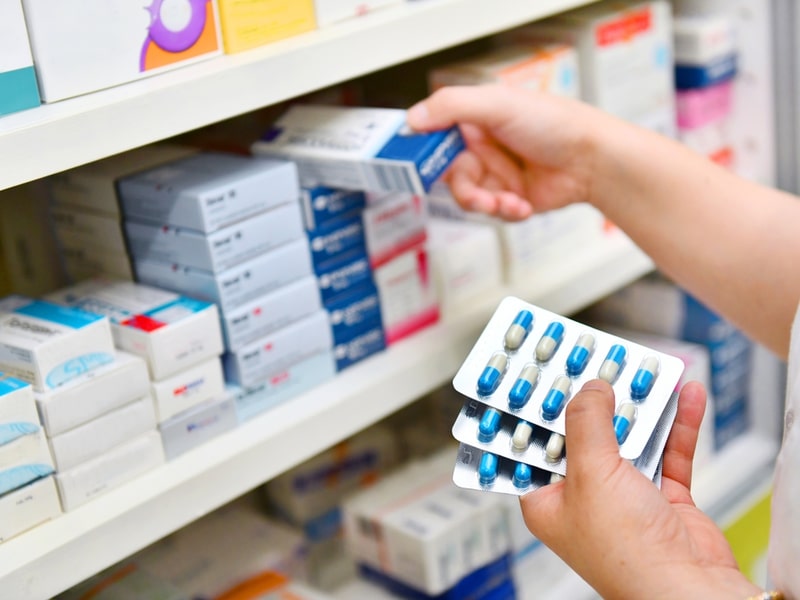
The PCAT consists of 192 questions (multiple choice) and an essay. It is scored from 200 to 600. Like the SAT and ACT, the PCAT doesn’t have passing and failing scores.
It’s no secret that, as of this writing, many colleges and universities in the US have a test-optional admissions policy. This means that they do not require applicants to take the SAT or ACT and submit their scores. However, submitted standardized test scores will be taken into account during the admissions process and impact the admissions outcome.
Some institutions are also test-blind, which means that they do not consider SAT or ACT scores at all.
Well, when it comes to the PCAT, the same thing is true — some pharmacy schools require applicants to submit their PCAT scores, while others don’t. There are also some that recommend submitting PCAT scores.
Here are some pharmacy schools and their respective PCAT requirement:
| PHARMACY SCHOOL | PCAT REQUIREMENT |
|---|---|
| Duquesne University | Required |
| Husson University | Required |
| North Dakota State University | Required |
| Texas Southern University | Required |
| University of Montana | Required |
| Binghamton University | Recommended |
| Howard University | Recommended |
| Long Island University | Recommended |
| Nova Southeastern University | Recommended |
| University of Georgia | Recommended |
| University of Maryland | Recommended |
| Western New England University | Recommended |
| American University of Health Sciences | Optional |
| Drake University | Optional |
| High Point University | Optional |
| Manchester University | Optional |
| Medical College of Wisconsin | Optional |
| Medical University of South Carolina | Optional |
| Roosevelt University | Optional |
| Samford University | Optional |
| South Dakota State University | Optional |
| Texas A&M University | Optional |
| University of North Carolina at Chapel Hill | Optional |
| University of the Incarnate Word | Optional |
| Virginia Commonwealth University | Optional |
| Belmont University | Not Considered |
| California Health Sciences University | Not Considered |
| Ferris State University | Not Considered |
| Florida A&M University | Not Considered |
| Loma Linda University | Not Considered |
| Massachusetts College of Pharmacy and Health Sciences | Not Considered |
| Purdue University | Not Considered |
| St. John’s University | Not Considered |
| University of Southern California | Not Considered |
| Western University of Health Sciences | Not Considered |
| Xavier University of Louisiana | Not Considered |
Is There a Way to Attend Pharmacy School After High School?
Some pharmacy schools offer a 0 to 6 program. It’s a six-year PharmD program, with the first two years consisting of prerequisite courses. Other pharmacy schools have an early assurance program. Students who complete the first two years successfully are guaranteed admission into the PharmD program.
Above, we established the fact that earning an associate degree or bachelor’s degree is important before applying to pharmacy school in order for students to be able to complete the various prerequisite courses.
But there are some pharmacy schools in the US that admit students who are fresh from high school. However, it doesn’t mean that they will be able to take the PharmD program right away.
Like the rest, they will have to complete the prerequisite courses beforehand. But the good news is that they will have to do it in pharmacy school.
Others, on the other hand, will have to complete their prerequisite from other colleges and universities.
A program that some pharmacy schools offer is referred to as the 0 to 6 program. As the name suggests, this PharmD program takes six years to complete — the first two years consist of prerequisite courses, and the last four years are dedicated to the completion of the PharmD program proper.
Refrain from assuming that opting for the 0 to 6 program will make it easier to earn a PharmD. It’s true that it can make going to pharmacy school quicker. However, it does not make it simpler.
For instance, if you fail to maintain a certain GPA and meet other requirements, you may not be admitted into the PharmD program after two years.
Then there is also what’s called the early assurance program some pharmacy schools offer. It’s just like the 0 to 6 program in that you can take it immediately after finishing high school.
What makes it different from the 0 to 6 program is that you will be considered a transferee after completing the prerequisite course during the first two years. So, in other words, you can think of the early assurance program, which some pharmacy schools call the early admission program, as a two-part way to earn a PharmD after high school.
Speaking of which, by the way, there are college preparatory classes that can help a high schooler gear up for the many challenges of attending pharmacy school. Some of them include but are not limited to:
- Humanities
- History
- Government
- Literature
Just Before You Attend Pharmacy School
Unlike most other college degree programs, you cannot attempt to go for the PharmD program as soon as you obtain your high school diploma. Like many degrees in the healthcare field, you will have to complete some prerequisite courses beforehand, which is why it usually takes a PharmD program over four years to earn.
Above, we talked about how hard it is to get into pharmacy school — it’s relatively easy, depending on which pharmacy school you wish to send an application to.
Do you prefer to complete your PharmD program via the customary route, 0 to 6 program or early assurance?
No matter the case, make sure that you will devote plenty of time and attention to college so that you will be able to pass the NAPLEX and MPJE, which will allow you to work as a pharmacist in the country legally.
Disclaimer: The views and opinions expressed in this article are those of the authors and do not necessarily represent those of the College Reality Check.

